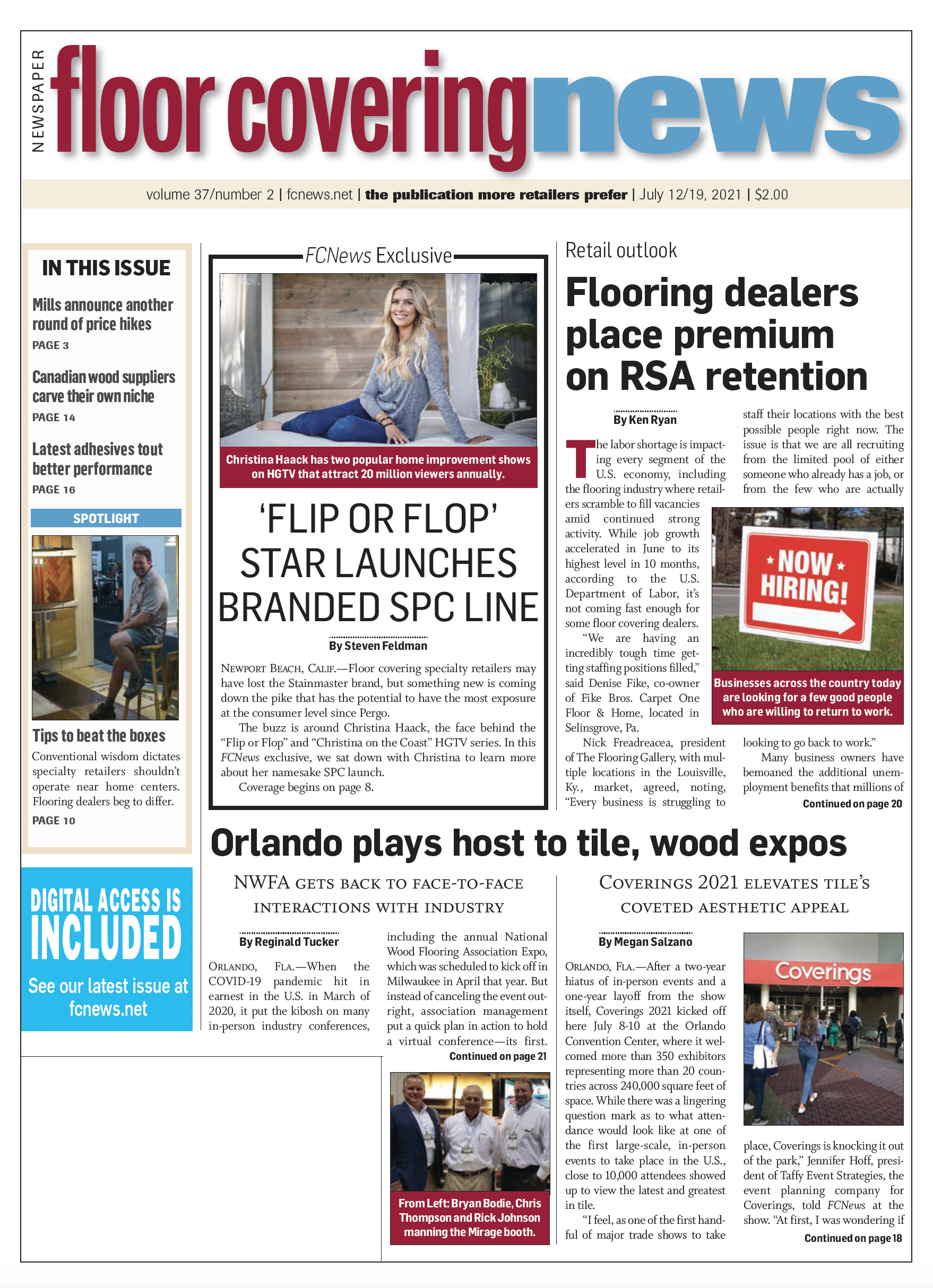 By Jason Wright Hardwood flooring is a great choice that can last a lifetime. But did you know that you could easily lose this lifetime investment if you don’t fully acclimate wood before it’s installed?
By Jason Wright Hardwood flooring is a great choice that can last a lifetime. But did you know that you could easily lose this lifetime investment if you don’t fully acclimate wood before it’s installed?
Extreme moisture-related issues may occur, such as warping, cupping, crowning, buckling, mold, mildew or even noticeable gaps between boards. Oftentimes, problems like these entail costly repairs.
Generally, if you fail to acclimate the hardwood flooring and install it when the moisture content of the wood is too high, it may compromise the integrity of the flooring. You could run into big issues that you won’t even know about until later.
Let’s take a closer look at some of the serious issues that could arise.
Warping. This is any deviation from being flat and can be a common issue when wood flooring absorbs moisture unevenly or dries too slowly or too quickly. Warping can take several forms and can give the flooring an undesirable twisted, bowed or crooked appearance. If the boards do not revert to their original shape, they could separate, splinter or crack.
Cupping. Wood floor cupping is a type of warping that occurs when the edges at the side of each plank stick up higher than the centers. The floor ends up looking a bit like an accordion or a washboard. Any moisture imbalance, including a change in the surrounding environment, can cause the boards to expand further than the space given them during installation. The resulting pressure forces the board edges upward, which creates the washboard effect.
Buckling. When a wood floor buckles, it’s really an extreme case of “crowning” whereby the center of each board is higher than the edges. But with buckling, dramatic moisture changes will curve the boards to the extent that they lose contact with the subfloor.
Abnormal gaps. Narrow spaces between boards are common and are due to seasonal variation as ambient RH changes. Realize, though, that if the flooring was installed when the moisture content was significantly higher than the ambient conditions, the spaces between boards can grow unacceptably large as the boards dry.
Simple solutions
In nearly every case, it’s surprisingly easy to avoid these moisture-related issues. Since they’re all due to moisture, your best line of defense is to pay attention to the moisture content of the hardwood before installation.
Don’t just assume the hardwood will acclimate properly within a few days or so after it’s delivered to the job site. Instead, protect your investment by also investing in a high-quality, non-destructive, pines wood moisture meter that can take moisture content readings down to 5%-6%.
When your hardwood flooring arrives on-site, use your moisture meter right away to take readings and get baseline information. Then continue to monitor the moisture content until the wood reaches equilibrium moisture content. Typically, you’re looking for moisture content in the 6%-9% range, but this will vary by geographic region and other environmental factors. Remember: Because wood is sensitive to water, you want to measure moisture content before you install it.
Jason Wright has more than 30 years of flooring industry experience with a particular specialization in hardwood flooring products and installation. Contact him via email at jwright@wagnermeters.com.

